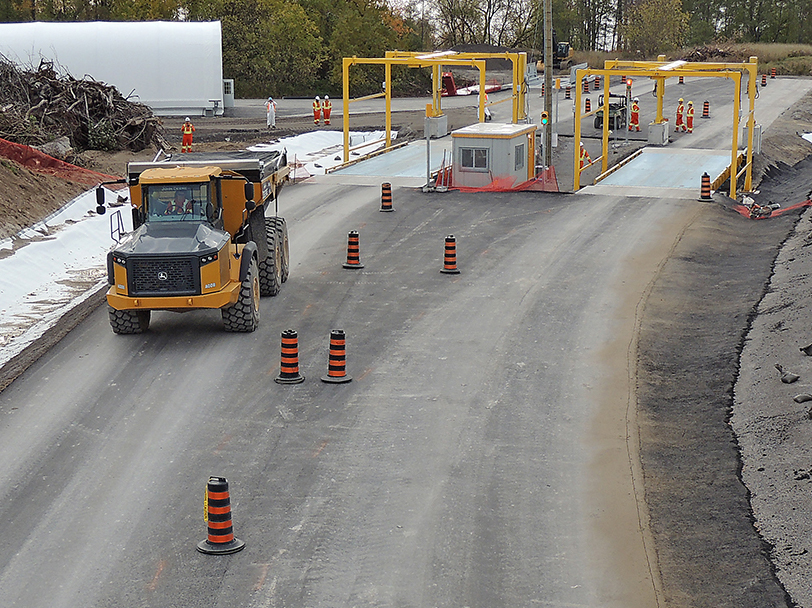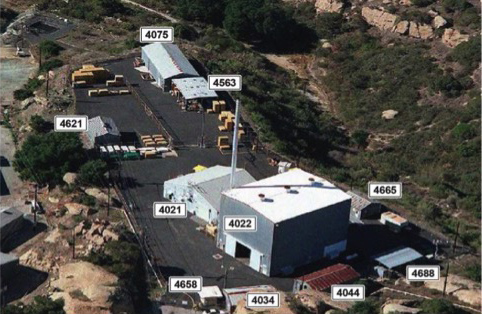Last of historic LLW removed from Lake Ontario shores

A truckload of LLW is moved away from the Lake Ontario shoreline to a long-term storage facility. Photo courtesy of CNL.
Canadian Nuclear Laboratories (CNL) announced on November 9 that it has completed the excavation and transfer of about 450,000 cubic meters of historic low-level radioactive waste (LLW) and contaminated soils away from the Lake Ontario shoreline in Southeast Clarington, Ontario. The waste resulted from radium and uranium refining operations of the former Canadian Crown corporation Eldorado Nuclear and its private sector predecessors, which operated from the 1930s to 1988.
CNL said the placement of the last truckloads of waste in the aboveground mound at the new long-term waste management facility, located about 700 meters north of the shoreline site, marks a milestone for the Port Hope Area Initiative (PHAI), Canada’s cleanup and long-term management response to LLW in the municipalities of Port Hope and Clarington. CNL is implementing the PHAI on behalf of Atomic Energy of Canada Limited.


